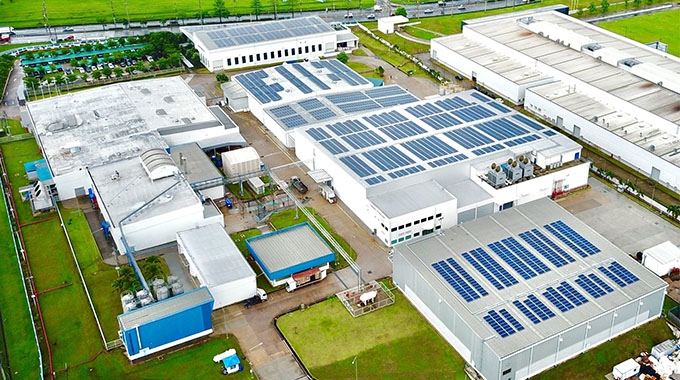
Globe
Headlines
News
Tetra Pak strives for net zero emissions by 2050
June 26, 2020 By PrintAction Staff

Tetra Pak has announced it has set a target of net zero emissions across its value chain by 2050, along with an intermediate target of net zero emissions across its own operations by 2030.
“We have consistently delivered on our climate goals, right from the first goal set in 2002, again in 2005 and we are on track to meet our 2020 goal. In 2017, we were the first company in the food and beverage industry to have our climate impact reduction targets approved by the SBT initiative,” said Lars Holmquist, executive vice president, packaging solutions and commercial operations at Tetra Pak.
“Most recently, we joined the European Alliance for Green Recovery, the first pan-European call for mobilization on post-crisis green investment solutions. Today, we’re once again leading the way by setting ambitious net zero emissions targets that will drive transformation right across our sector and the entire value chain. The planet’s greatest environmental challenge demands nothing less from us,” Holmquist added.
Tetra Pak will focus on four key areas to achieve net zero GHG emissions across its own operations by 2030, and across its value chain by 2050: lowering energy-related emissions through energy conservation; improvements in energy efficiency; installing on-site solar photovoltaics; and purchasing renewable energy.
Since 2011, Tetra Pak has invested over EUR16 million in energy efficiency, preventing energy use from increasing by 23 per cent over that time period. To date, the company has installed about 8,000 solar panels, delivering low-carbon electricity while saving operational costs.
Tetra Pak has increased its renewable energy usage from 20 per cent in 2014 to 69 per cent in 2019, and is on track to reach its target of 80 per cent in 2020. It did this by installing solar panels across its operations and purchasing renewable certificates.
“Ten years ago, we set a climate goal to cap our 2020 impact across the value chain at 2010 levels, while growing the business. This helped us save 12 million tonnes of GHG emissions to date. We believe that our ability to set and demonstrate progress in line with science and societal expectations, our innovation drive and the collaborative approach across the value chain put us all on the right path to achieve our new ambition,” said Holmquist.
Print this page